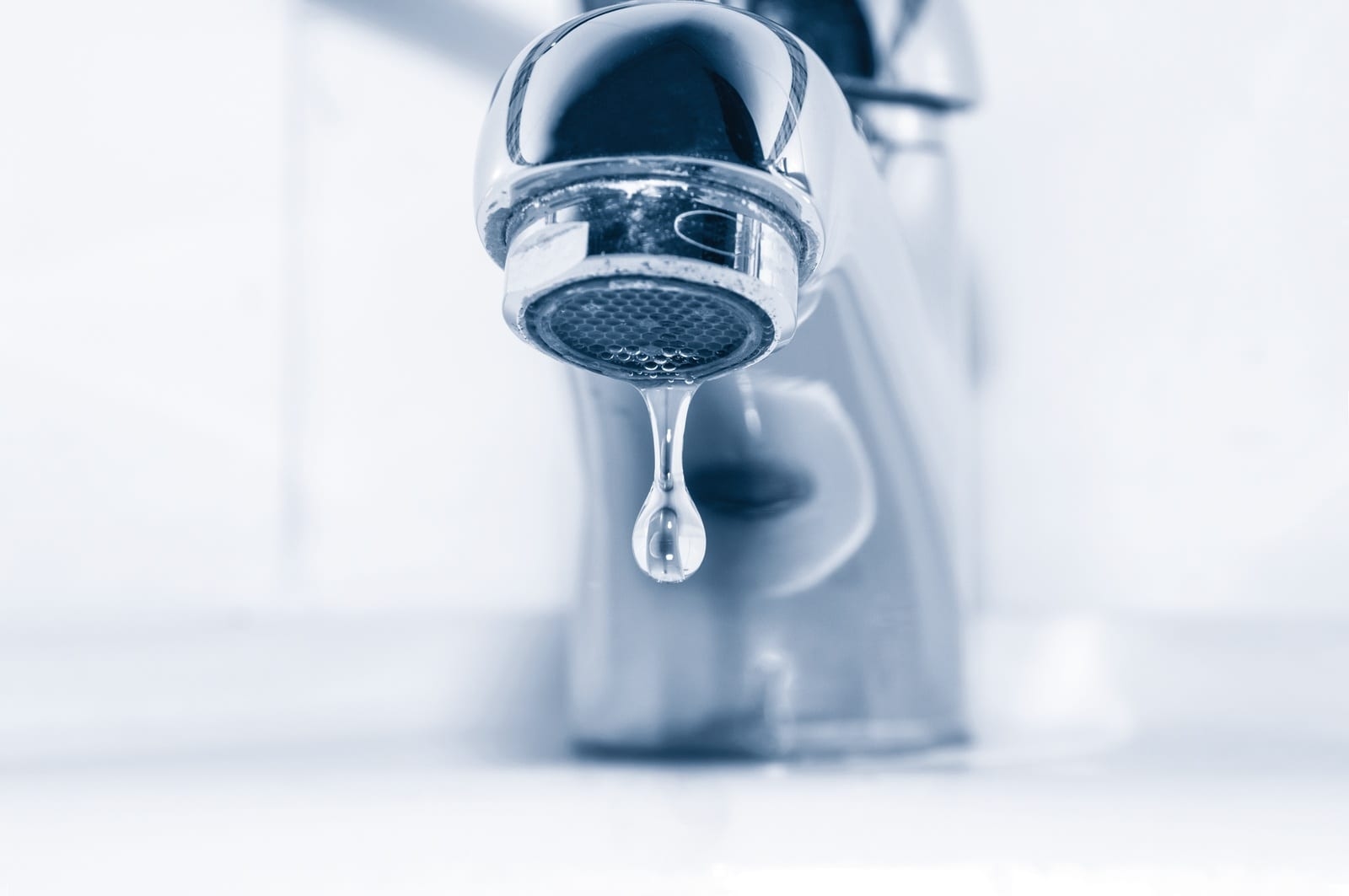Diagnosing Low Water Pressure
When water pressure falls short, everyday tasks like washing dishes or enjoying a refreshing shower become quite challenging. Beyond the mere inconvenience, low water pressure may serve as an indicator of underlying issues within your household plumbing system.
Understanding Water Pressure
Water pressure is typically quantified in pounds per square inch (psi) and is assessed at the point where water enters your residence from the primary water source, whether it’s a well or a municipal water main. Adequate water pressure is crucial, especially when multiple fixtures and appliances are in use simultaneously. Imagine a scenario where you couldn’t take a shower while your dishwasher was running; the right water pressure ensures that you can do both simultaneously.
The Pitfalls of Excessive Water Pressure
Excessive water pressure can have detrimental effects on your plumbing system, leading to the weakening of pipes, resulting in cracks or leaks, and straining the seals and appliances within your home. It also results in water wastage and abnormally high water bills.
Dealing with Low Water Pressure
Low water pressure often originates at the water source and may be disrupted by a damaged water main. However, low water pressure can also be isolated to specific areas within your residence. Below, we address common low water pressure issues and potential solutions:
Insufficient Water Pressure in the Shower
Instead of experiencing a consistent stream from your showerhead, you may find water coming out in an erratic spray or trickling out sparsely. This is typically attributed to mineral deposits blocking the flow of water through the fixture over time. Occasionally, you may even spot limestone and rust on the showerhead. To address this issue, remove the showerhead and clear the filter inside, or soak it in a mixture of white vinegar and water overnight. If the problem persists despite a clean showerhead, the culprit might be a flow restrictor designed to limit water consumption. You can adjust the pressure regulator to enhance the flow.
Sudden Drops in Water Pressure
If you experience an abrupt drop in water pressure after initially turning on the tap, this could signal a clogged pipe. Water supply lines can accumulate minerals, rust, and other materials, obstructing water flow and subsequently causing a drop in water pressure. Clearing a clog within the water lines is a task best left to a professional plumber, who will assess whether the clog can be cleared or if the pipe needs replacement.
Reduced Hot Water Pressure
Low water pressure at your tap may stem from leaks in your plumbing lines, particularly in older systems that have corroded over time, often due to factors like sulfate and sediment. A thorough plumbing inspection can help identify where leaks have developed within your plumbing system, allowing for repair or replacement of the affected pipes.
Low Water Pressure from Leaky Plumbing
If you experience an abrupt drop in water pressure after initially turning on the tap, this could signal a clogged pipe. Water supply lines can accumulate minerals, rust, and other materials, obstructing water flow and subsequently causing a drop in water pressure. Clearing a clog within the water lines is a task best left to a professional plumber, who will assess whether the clog can be cleared or if the pipe needs replacement.
For All Your Plumbing Service Needs, Contact Plumb-All
If your home requires a boost in water pressure, Plumb-All offers the perfect solution. We provide water booster pump installation services designed to enhance the water pressure in your residence.
Decided that we’re the right fit for you?
